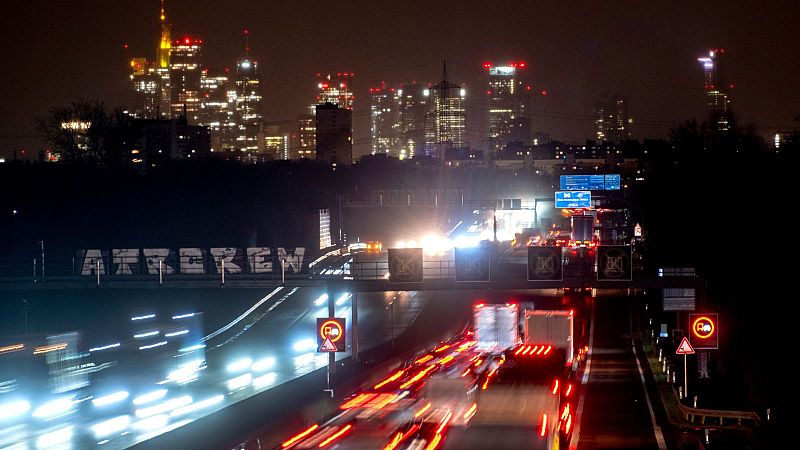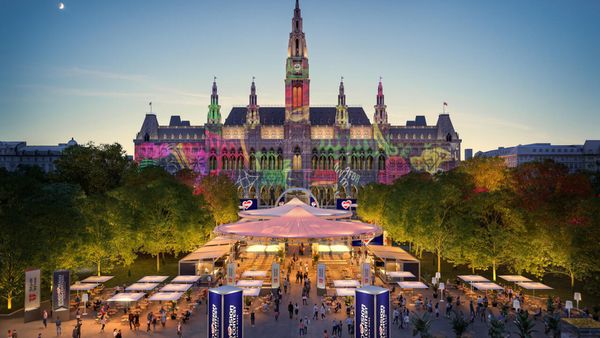
More than one in five Europeans are exposed to harmful transport noise, according to the latest European Environment Agency (EEA) report, making it the third most deadly environmental threat behind air pollution and extreme temperatures.
Road traffic is the most widespread source of transport noise, exposing an estimated 92 million people to levels above the EU’s Environmental Noise Directive (END) threshold of 55 decibels (dB) for the day-evening-night period. This is a weighted average sound level over a 24-hour period that accounts for how people are more sensitive to noise during the night.
Rail traffic impacts 18 million people, followed by aircraft noise disturbing 2.6 million.
The resulting physiological stress and sleep disturbance contribute to 66,000 early deaths a year and many cases of heart disease and diabetes, according to the Environmental noise in Europe report, which is published every five years and covers 31 countries.
“Noise pollution is often overlooked, considered just an annoyance of everyday life,” the EEA’s executive director, Leena Ylä-Mononen, says. “However, long-term impacts of noise on our health and environment are widespread and significant.”
If measured against World Health Organisation (WHO) standards, which have a slightly lower threshold of 53 dB for road traffic, closer to one in three European citizens are being exposed to risky noise pollution.
Which countries suffer most from noise pollution?
In terms of absolute numbers, France has the highest number of people exposed to transport noise when averaged out across day and night: an estimated 24 million people.
Germany has the highest number during nighttime hours alone, with some 15 million people affected.
When you look at it in terms of percentages, it's a different matter. Over 50 per cent of the population is exposed to harmful noise levels in Cyprus and Luxembourg. Populations in France and Austria also fare badly by this metric.
At the other end of the scale, only three countries - Estonia, Slovakia and Portugal - are estimated to have less than 10 per cent of their populations exposed to levels above the END threshold.
How can we return to a safer volume?
The EU is currently off track to meet its target of reducing the number of people chronically disturbed by transport noise by 30 per cent by 2030 (compared to 2017 levels).
There are several legislative changes the report recommends to pick up the pace, including:
-
For road transport: Lowering speed limits for vehicles in urban areas, and boosting the use of low-noise tyres.
-
For railway noise: Mandating the use of quieter braking systems, requiring better maintenance of trains and track, and retrofitting freight trains.
-
For aircraft noise: Optimising landing and take-off patterns, and encouraging the introduction of quieter planes.
Low-noise asphalt, building insulation and noise barriers are some of the measures that countries are exploring closer to people’s homes.
The researchers also highlight the connections between green space and noise safety. At least 29 per cent of the surface area of Europe’s Natura 2000 network is affected by high noise levels from transport, they say, jeopardising the continent’s conservation goals.
Increasing access to green areas and keeping them quiet is key, as these spaces can provide psychological restoration and help reduce noise annoyance for people.







